Delve into the cosmos' wonders! Uncover the universe's largest galaxies and their mesmerizing features. Let your curiosity soar!
Namaste, readers! Ever looked up at the night sky and wondered about what
lies beyond our own Milky Way? Well, prepare to have your mind boggled! Today, we're diving deep into the cosmos to explore some of the largest galaxies known to humankind.
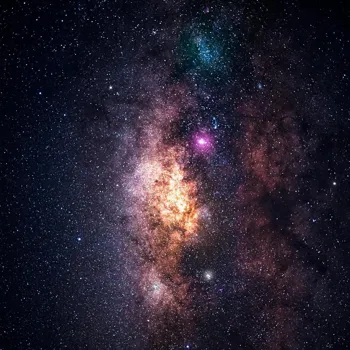
These celestial behemoths are not just big; they're also incredibly fascinating, with features that can make your head spin faster than a top spinning during Diwali. So, tighten your seatbelts, and let’s take a trip to the outer reaches of the universe!
IC 1101: largest galaxy dwarfs Milky Way by far
Imagine a ball of stars so massive that it makes our own Milky Way look like a tiny marble. That’s IC 1101 for you. This supergiant elliptical galaxy is currently holding the title of the largest known galaxy in the observable universe. Located a staggering 1.

04 billion light-years away in the Abell 2029 galaxy cluster, IC 1101 stretches approximately 5.5 to 6 million light-years in diameter. To put that into perspective, our Milky Way is a mere 100,000 to 180,000 light-years across.
IC 1101's colossal size due to galaxy mergers, with trillions of stars and a massive black hole
The sheer size of IC 1101 is mind-boggling. If it were placed where the Milky Way is, its enormous size would engulf the Large and Small Magellanic Clouds, the Andromeda Galaxy, and even a large portion of the Local Group of galaxies!
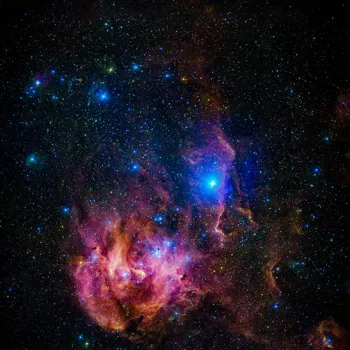
The galaxy’s colossal size is attributed to multiple galaxy collisions and mergers over billions of years. Imagine, countless galaxies slowly merging together, like rivers flowing into a gigantic ocean, creating this galactic monster.
Its core is not just densely packed with trillions of stars, but it also houses a supermassive black hole, that's just mind blowing!! It makes one wonder about the mysteries that it beholds.
It’s like imagining the largest, most crowded city, but instead of people, it’s filled with stars and planets! Just unbelievable.
Alcyoneus, the largest radio galaxy with powerful radio waves
Next up, we have Alcyoneus, the largest known radio galaxy. Now, what's a radio galaxy, you ask? It's a galaxy that emits exceptionally strong radio waves. These radio waves are generated by supermassive black holes at the center of the galaxy, which are actively feeding on surrounding matter.
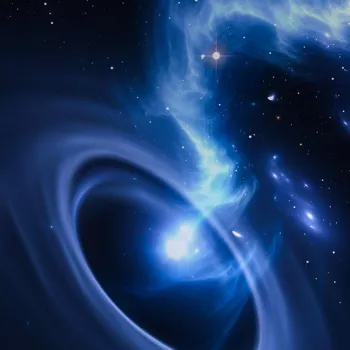
As matter falls into the black hole, it heats up and emits powerful jets of energy and particles that travel far out into space, creating vast radio lobes.
Alcyoneus: Giant galactic structure impacts galaxy evolution
Alcyoneus truly lives up to its name, which is derived from a giant from Greek mythology. The radio structure of Alcyoneus spans an incredible 16.3 million light-years, making it the largest known structure of galactic origin.
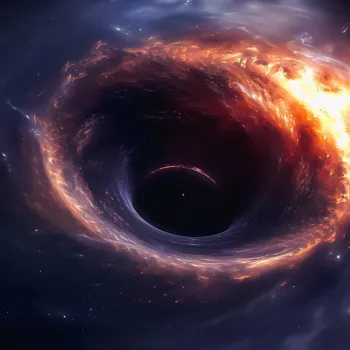
This distance is so vast that it dwarfs even the largest elliptical galaxies. What makes Alcyoneus so fascinating is not just its massive size, but also the implications it has for our understanding of galaxy evolution and the behavior of supermassive black holes.
The extreme outflow of energy from its central black hole impacts the intergalactic medium, influencing the formation and evolution of other galaxies in its vicinity. It stands out as an incredible example of how energetic phenomena shape the large-scale structure of the cosmos.
Measuring massive galaxies in Lodhi Garden is complex
Measuring such massive entities as IC 1101 and Alcyoneus isn’t a walk in the park in Lodhi Garden. Determining the exact sizes and properties of these galaxies requires incredibly precise astronomical observations and complex data analysis.
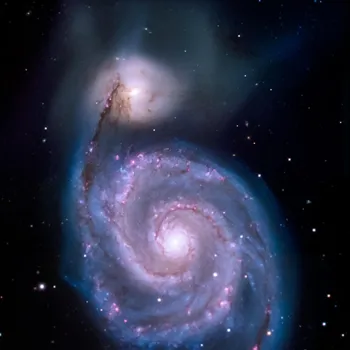
Astronomers use various techniques, including measuring the distribution of light, analyzing radio emissions, and studying the motions of stars and gas within the galaxy. However, due to the immense distances involved, it's often difficult to get a clear and complete picture.
Astronomers use advanced tech to study galaxies for cosmic insights
As technology advances, astronomers are constantly developing new and improved methods for observing and studying these galactic giants.
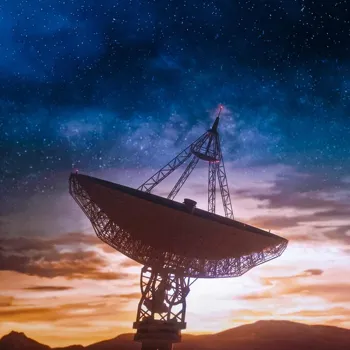
Powerful telescopes like the James Webb Space Telescope and sophisticated radio interferometers are providing unprecedented views of the universe, allowing scientists to probe the depths of these galaxies with greater precision than ever before.
These advancements hold the promise of uncovering even more secrets about the formation, evolution, and ultimate fate of these cosmic titans, and perhaps even discovering even larger galaxies that we haven't yet seen. It is also a way in which we can better understand the universe in which we live.
Exploring vast galaxies reveals cosmos' grandeur and mysteries
These are just a few examples of the largest galaxies that we know of, offering a glimpse into the grand scale and complexity of the cosmos. As our technology advances and our understanding of the universe deepens, who knows what other cosmic behemoths we may discover?

Perhaps, one day, we will find a galaxy so vast that it will make IC 1101 and Alcyoneus look like mere pebbles in the sand. So, keep looking up at the stars, keep wondering, and keep exploring! The universe is full of surprises, and there's always something new and amazing to discover.
Galactic collisions shape galaxy evolution through gravitational forces
Galactic collisions are a common occurrence in the universe, and they play a significant role in shaping the evolution of galaxies. When two galaxies collide, their gravitational forces interact, causing them to distort and merge.
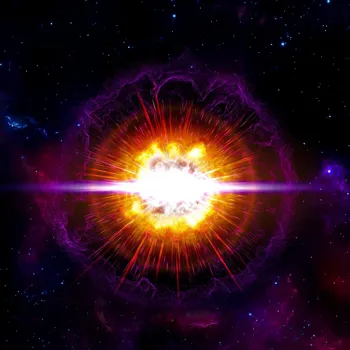
This process can trigger bursts of star formation, create tidal tails of gas and stars, and even transform the shapes of the galaxies involved. It is a wild dance of celestial bodies on a scale that is hard to imagine.
Milky Way and Andromeda collide forming "Milkomeda," a cosmic ballet
In fact, our own Milky Way is on a collision course with the Andromeda Galaxy, our nearest large galactic neighbor. In about 4.5 billion years, these two galaxies will collide and eventually merge to form a single, larger galaxy, which some astronomers have jokingly dubbed "Milkomeda".
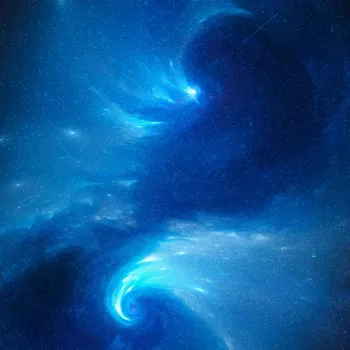
While this collision may sound cataclysmic, it's important to remember that galaxies are mostly empty space. So, while there will be some spectacular fireworks and dramatic changes in the night sky, the chances of individual stars colliding are incredibly small.
It is like a cosmic ballet for the ages, unfolding over billions of years.
Supermassive black holes influence galaxy evolution
At the heart of most large galaxies lies a supermassive black hole, an object with a mass millions or even billions of times that of our Sun. These black holes are incredibly powerful engines that can profoundly influence the evolution of their host galaxies.
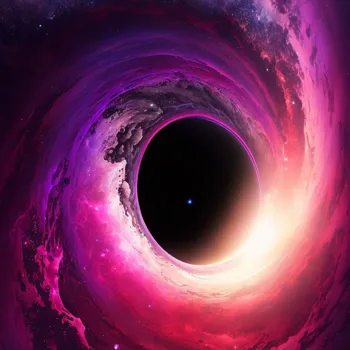
By accreting matter from their surroundings, these black holes release enormous amounts of energy in the form of radiation and powerful jets of particles. This energy can heat the surrounding gas, suppress star formation, and regulate the growth of the galaxy.
Supermassive black holes shape galaxy evolution
Understanding the role of supermassive black holes is crucial for understanding the evolution of galaxies. By studying the properties of these black holes and their interactions with their host galaxies, astronomers can gain insights into the processes that shaped the universe as we know it.
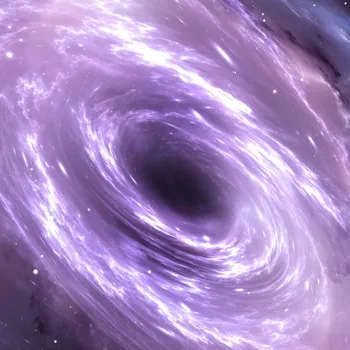
From distant quasars to the quiet centers of nearby galaxies, supermassive black holes are key players in the cosmic drama, constantly shaping and reshaping the galaxies around them.
As our instruments improve and we gather more data, we are slowly unraveling the mysteries of these cosmic giants and their influence on the universe.
AI Generated Content. Glance/InMobi shall have no liability for the content









